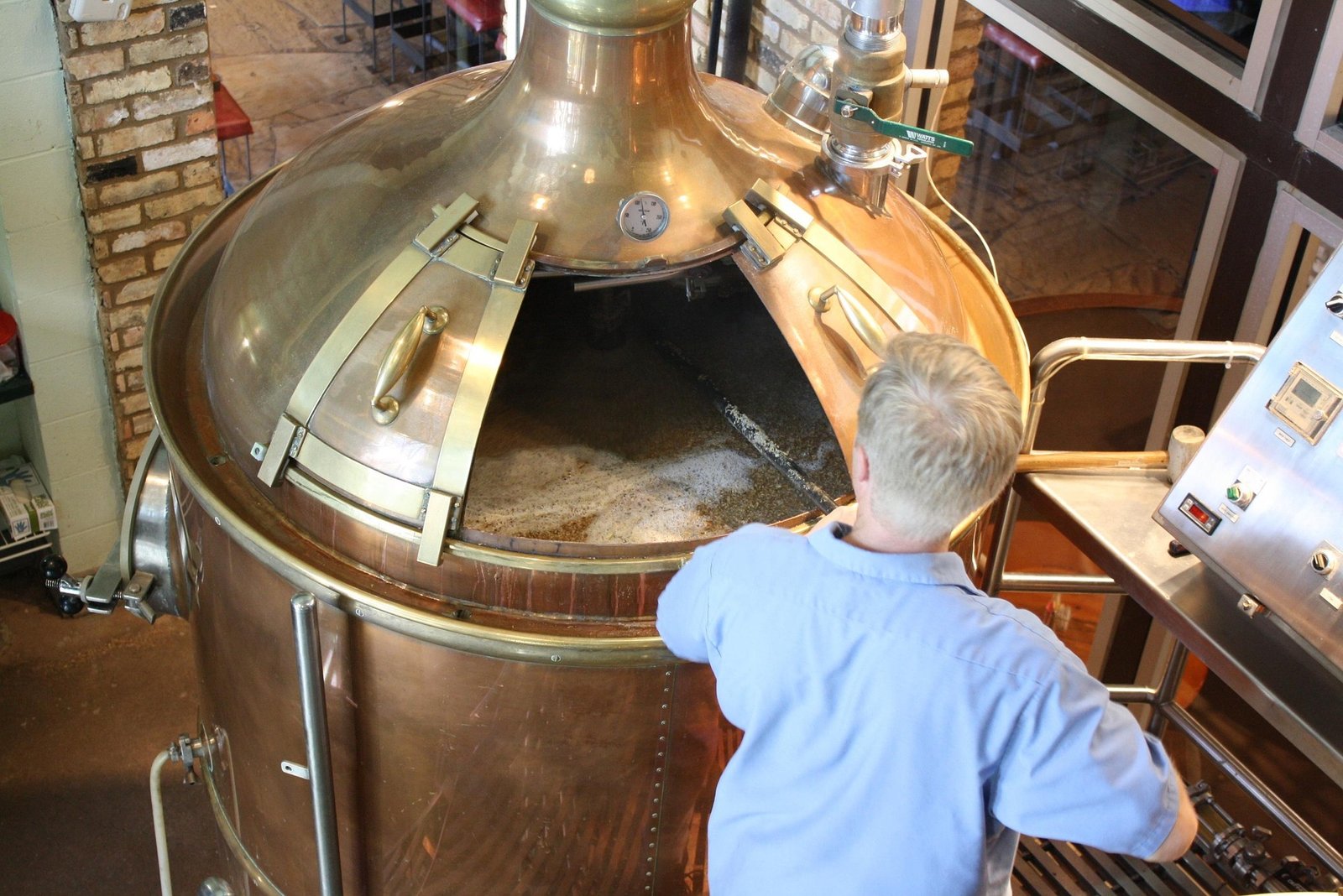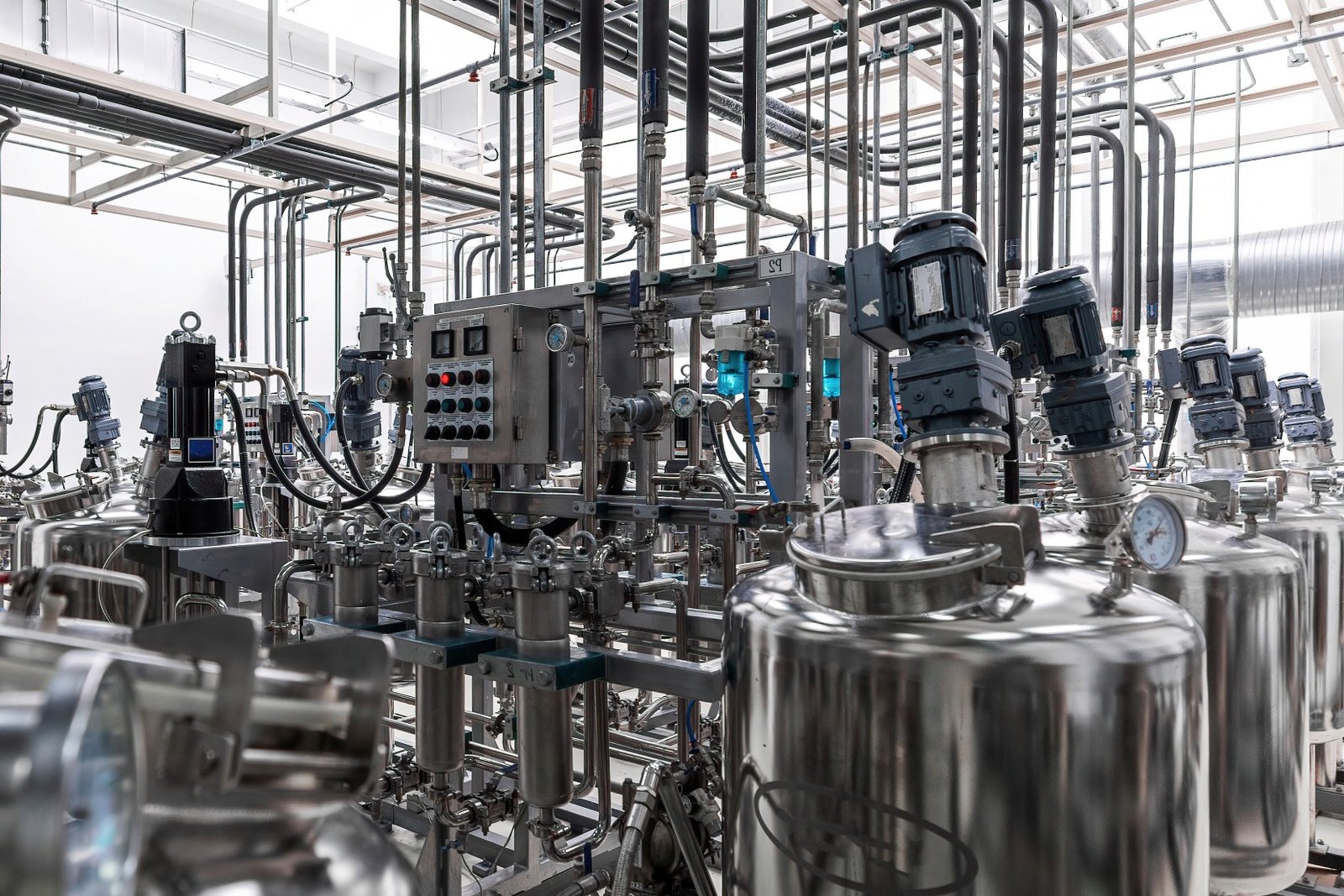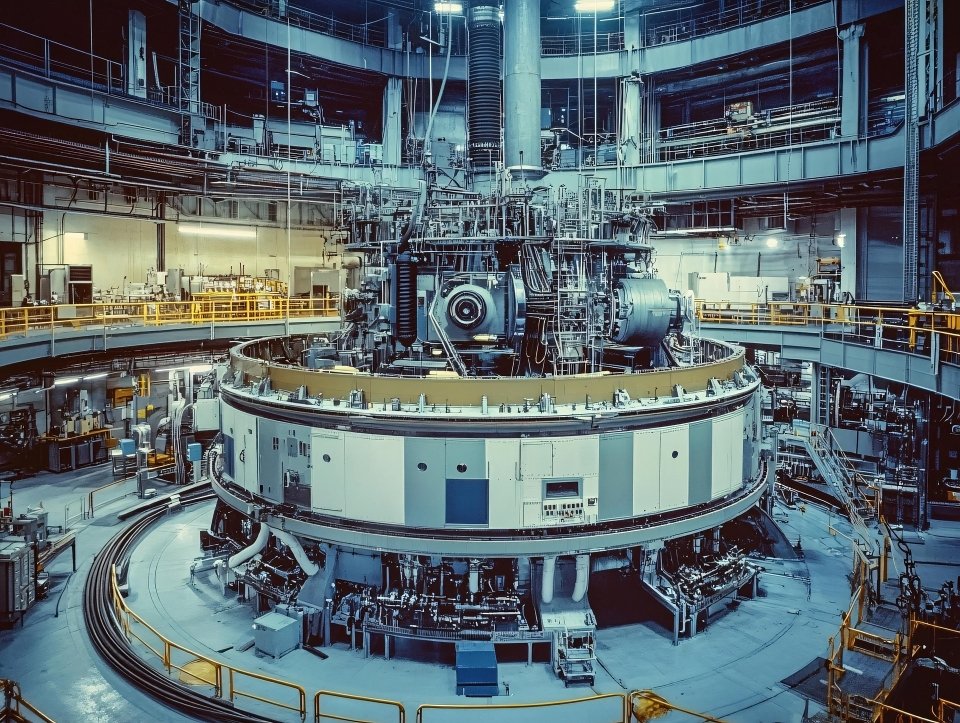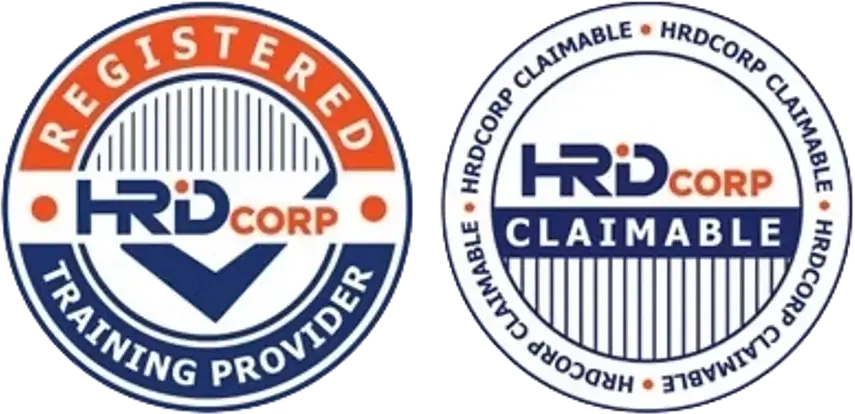How Do SMEs Balance Cost Control and ISO 22000 Compliance?
For small and medium-sized enterprises (SMEs), achieving ISO 22000 compliance is often seen as expensive and resource-heavy. Many owners worry about investing in documentation, audits, and training while already managing tight budgets. The truth is, SMEs can successfully balance cost control with food safety compliance by taking smart, practical steps.

Here’s how:
1. Start With Risk Prioritization
-
Focus first on high-risk areas like hygiene, raw material control, and storage.
-
Address the most critical hazards before investing in lower-risk improvements.
-
Use ISO 22000’s risk-based approach to guide decisions.
2. Leverage Existing Resources
-
Optimize current staff by training them instead of hiring new roles.
-
Repurpose existing cleaning tools, storage racks, or PPE with proper SOPs.
-
Use affordable digital tools (spreadsheets, free software) for documentation.
3. Implement Gradual Improvements
-
Spread investments over several phases instead of all at once.
-
Upgrade equipment step-by-step, starting with essential items.
-
Treat ISO 22000 as a journey of continuous improvement, not a one-time expense.
4. Focus on Training Over Technology
-
Staff training has a bigger impact than expensive new machines.
-
Educated workers can spot contamination risks early.
-
In-house awareness sessions cost less than external seminars.
5. Strengthen Supplier Management
-
Build strong relationships with reliable, affordable suppliers.
-
Request documentation (COAs, HACCP certificates) instead of paying for excessive testing.
-
Reduce risks and costs by sourcing consistently from trusted partners.
6. Standardize Processes With SOPs
-
Written SOPs reduce waste, errors, and rework.
-
Simple checklists for cleaning, monitoring, and calibration save money.
-
Documentation also prepares SMEs for audits without costly corrections.
7. Use Government and Industry Support
-
Tap into local grants, subsidies, or food safety programs.
-
Participate in low-cost training sessions from industry associations.
-
Access free guidelines from ISO, FAO, and regulatory authorities.
. Monitor Costs Through Internal Audits
-
Conduct small-scale internal audits to detect inefficiencies.
-
Identify areas where waste, downtime, or errors are driving costs.
-
Regular reviews help balance compliance with financial control.
Final Thoughts
SMEs don’t need to choose between cost savings and ISO 22000 compliance — both can be achieved with smart planning. By focusing on high-risk areas, maximizing current resources, and making gradual improvements, SMEs can maintain compliance while protecting their bottom line.
👉 At CAYS Scientific, we help SMEs design budget-friendly ISO 22000 systems that meet compliance standards without unnecessary costs.



